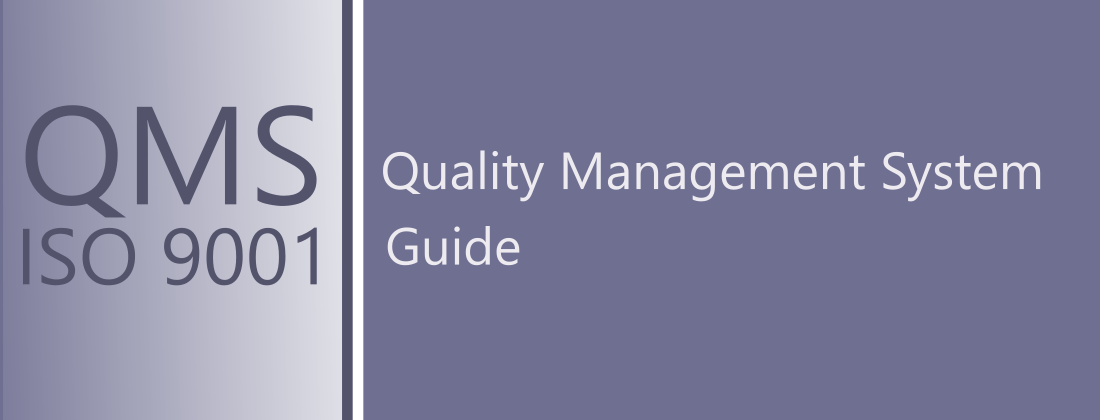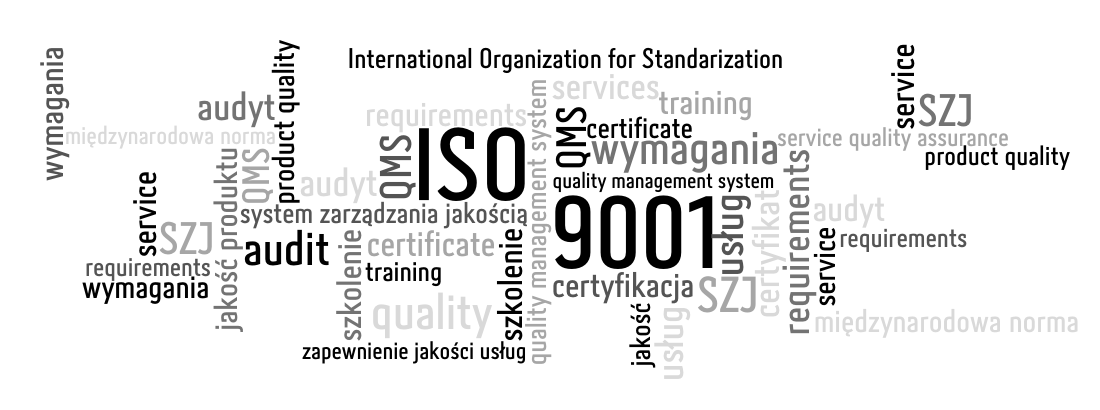Quality management system guide – How to implement ISO 9001: 2015?
To be able to ensure improvement, we must first know what it is.
According to the common opinion, often repeated during ISO 9001 trainings or by auditors from certification bodies, in accordance with the requirements of the standard, we must constantly improve something in the company to keep it better. The consequence of this approach is making improvements by force just for the purpose of an audit. Often these are apparent improvements that bring nothing but can be proud of in front of the auditor.
What is it then?
The standard requires us to improve those elements of our organization’s processes that are not stable, and then maintain their stability – that is:
- Step 1: we list all imperfections on an ongoing basis (complaints, non-compliant products, non-compliant services, deficiencies and inconveniences identified during audits, unfavorable opinions about our products, services and our company)
- Step 2: We identify the cause of each of these imperfections and describe them.
- Step 3: we determine what to do to eliminate this cause, and thus the problem once and for all
- Step 4: we do it
- Step 5: check if it works, if not, go back to step 2, if so, it’s great!
And this is how we improve ourselves!
Of course, one of you may ask: What about the goals of the processes? After all, goals are set in order to pursue them and thus improve.
Yes it’s true.
To do this:
- Step 1: for each process, describe the goal and establish a mathematical formula for its measurement (elements of the equation – the components of the formula are the factors that we will monitor)
- Step 2: Determine the measurement (sampling) frequency for each element of the equation
- Step 3: measure and calculate the degree of achievement of the goal. If the goal is not achieved by asking “WHY?” – we go back to
- Step 2 of maintaining the stability of the process (we determine the cause of each of these imperfections and describe it), and then we proceed step by step.
ATTENTION:
Monitoring the goals of the processes is laborious and may be an unnecessary burden in the initial stage of the company’s development. At first, let’s only react to all instabilities. In fact, we will also react to the imperfections of the processes, but with a very slight delay, which we will not even notice.
That’s it – good luck!




